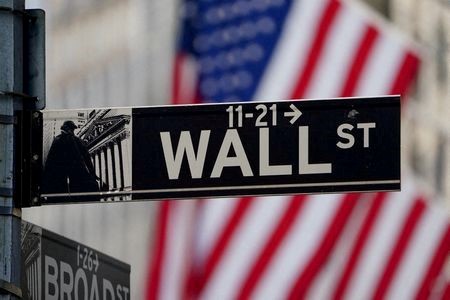




Monthly Economic Update: One for the road
 DOWNLOAD
DOWNLOAD

Inflation Update: Still low, still slow
 DOWNLOAD
DOWNLOAD

Philippines Trade Update: Exports momentum continues
 DOWNLOAD
DOWNLOAD


Appetite for stocks drives VIX options as investors guard portfolios

NEW YORK, Nov 30 – Renewed appetite for stocks is helping to drive investors’ interest in volatility-linked options that could buffer their portfolios against stock swings, putting those contracts on track for record trading volume this year.
The S&P 500 is up 18% so far this year, compared to last year’s 19% decline – a rally turbocharged in recent weeks by expectations the US Federal Reserve is done raising interest rates.
That has come alongside record average trading volume in contracts betting on the Cboe Volatility Index or VIX — known as Wall Street’s fear gauge — as looming economic and geopolitical risks keep investors cautious about a potential return of volatility.
“This indicates people are nervous,” said Mandy Xu, head of derivatives market intelligence at Cboe. “This year, the consensus is that we are at or near the end of the hiking cycle but there is no good consensus view of what is next.”
Markets appear tranquil now, she added, but such an environment is one where a black swan event could make volatility spike with its unpredictability and far-reaching consequences.
VIX options contracts averaged nearly 760,000 daily, surpassing the record set in 2017, according to Cboe Global Markets data as of Nov. 27. That’s a 42% increase from 2022 and up 5% from the previous record, with VIX options-trading in October at a high for the year.
Trading in VIX call options, which would profit if the VIX rises and are typically used for protection, including tail hedges which guard against larger unexpected market losses, have risen 54% this year. Put options on the VIX, which benefit from declining volatility, rose by 24%.
Joe Ferrara, investment strategist at Gateway Investment Advisers, whose strategies seek to capitalize on the difference between implied and realized volatility, said investors see a growing list of potentially volatile events including wars and elections on the horizon. Such investors are “looking at trading VIX options as a way to potentially monetize their thinking”, he said.
The VIX tends to move inversely with the S&P 500, rising when stocks fall.
Currently at 13, the VIX is below its long-term median of 18, meaning investors can buy relatively cheap insurance and position in potentially profitable trades.
“What we’re seeing now is inexpensive given the amount of potential turmoil in the market,” said JJ Kinahan, president of tastytrade, a retail broker.
The rise in VIX options trading is a change from 2022 when investors were reducing equities exposure and hoarding cash, according to CBOE data.
With the VIX averaging 17 this year, VIX options’ trading volume as a share of overall options volume is at 1.76%, the highest since 2020 – a much more volatile year when the VIX averaged 29, according to a Reuters analysis based on Trade Alert data.
Seth Hickle, derivatives portfolio manager at Innovative Portfolios in Indiana, said returns on volatility strategies can be erratic in the short term, but can be consistent over long periods.
“In an average volatility year, I would not be shocked to see volume trends continue to rise in VIX options as more market participants accept and embrace volatility as an alternative asset class and the need to hedge that exposure grows,” said Hickle.
Timing profit-taking on VIX options in an environment where jumps in the volatility index are fleeting can be difficult, said Roni Israelov, chief investment officer at NDVR.
The potential for the index to make huge moves in very short periods also makes it “an attractive instrument” for speculators, said Hickle.
“I think there are speculators out there saying with a 14 handle on the VIX, maybe it’s worth taking that bet and making that trade.”
(Reporting by Laura Matthews in New York; additional reporting by Saqib Iqbal Ahmed in New York; Editing by Megan Davies and Chizu Nomiyama)
This article originally appeared on reuters.com





 By Reuters
By Reuters